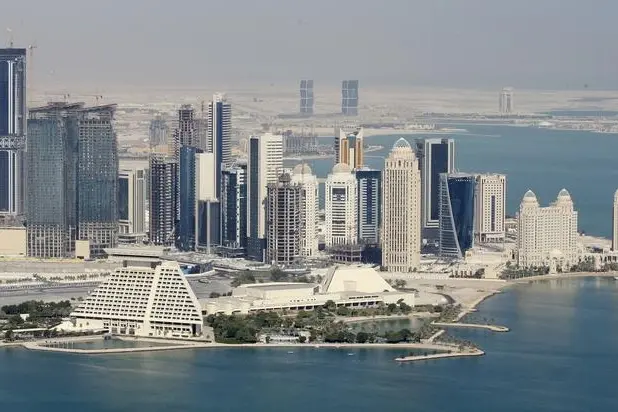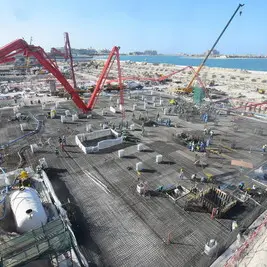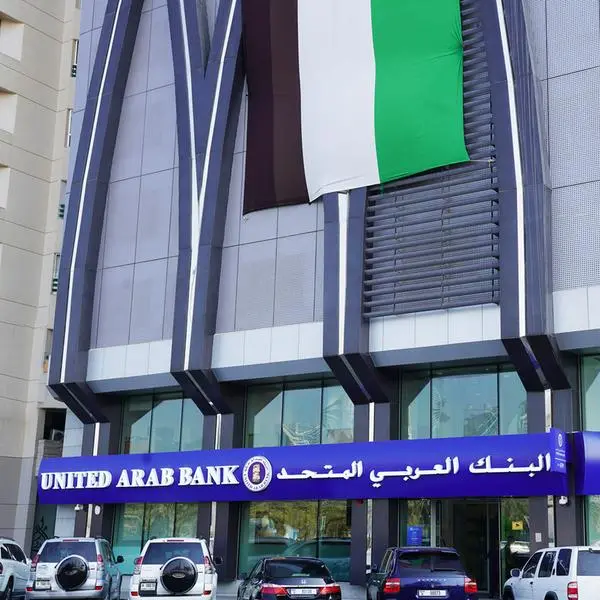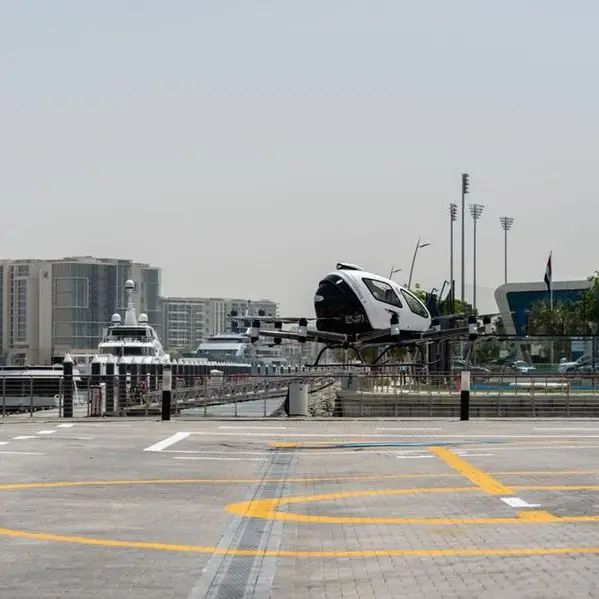PHOTO
By Dr Abdulaziz A al-Ghorairi
The second National Development Strategy 2017-22 (NDS-2) puts Qatar on a clear development path towards economic diversification and becoming a global economic player. Acting as a strategic framework to realise the Qatar National Vision 2030, the economic arm of NDS-2, focuses on achieving sustainable growth through nurturing an effective private sector.
Qatar has successfully mastered the value of capital expenditure as a tool for private sector growth and development, with the government spending around $500mn a week on major projects related to hosting the 2022 World Cup. This top-down government-led spending is helping to drive economic growth to around 3.4% this year, which is markedly superior to other GCC states. NDS-2 represents a shift in direction in that the government is moving away from being a provider of growth to becoming more of an enabler of growth.
A good example of this through the use of public private partnerships (PPP), identified as a diversification enabler in NDS-2 and a means of private sector-led growth.
In a move that is set to boost Qatar’s private sector and NDS-2, a new PPP law is expected to be finalised soon. Led by the Ministry of Economy and Commerce, the draft law is based on international best practice and follows extensive consultation with the private sector to ensure its effectiveness.
While Qatar already has experience with PPPs in the form of a $3bn water and power project at Ras Laffan and a power project in Mesaieed, the new law will act as a catalyst for Qatar’s young and currently small PPP sector by establishing a clear legal basis for PPPs, provide a clear governance and approval framework, and give confidence to the government, investors and lenders through legal certainty.
There are specific objectives for PPPs in Qatar according to the Ministry of Economy and Commerce, starting with developing the local private sector through international cooperation, which will provide opportunities for private sector developers, financiers, and investors.
Cooperation will also introduce the private sector’s technologies and innovation into public projects through knowledge sharing mechanisms. PPPs will help diversify sources of funding for infrastructure projects through private sector financing and also improve value for money through incentivising best practices and efficiency. A final objective is supporting economic diversification through expanding PPPs to all sectors.
It is worth developing this last point as Qatar’s plans for PPPs extend far beyond large infrastructure projects which many people only associate PPPs with.
The Ministry of Economy and Commerce has identified PPP opportunities for international investors in projects worth a total of $20bn in a variety of sectors.
These include 11 private schools and 50 public schools in education; five private hospitals plus public health facilities; electricity and desalinisation projects; waste management; manufacturing and warehousing; agriculture and fisheries; entertainment theme parks and resorts; and housing in Lusail City.
The range of these sectors, together with their potential to help deliver Qatar’s infrastructure projects, is an indication of the importance of PPPs as an economic model for Qatar’s development in the future.
Not only will PPPs help reduce the government’s burden of capital expenditure and increase foreign direct investment, but they come with many other advantages such as greater accountability, efficiency and knowledge transfer.
© Gulf Times 2017












